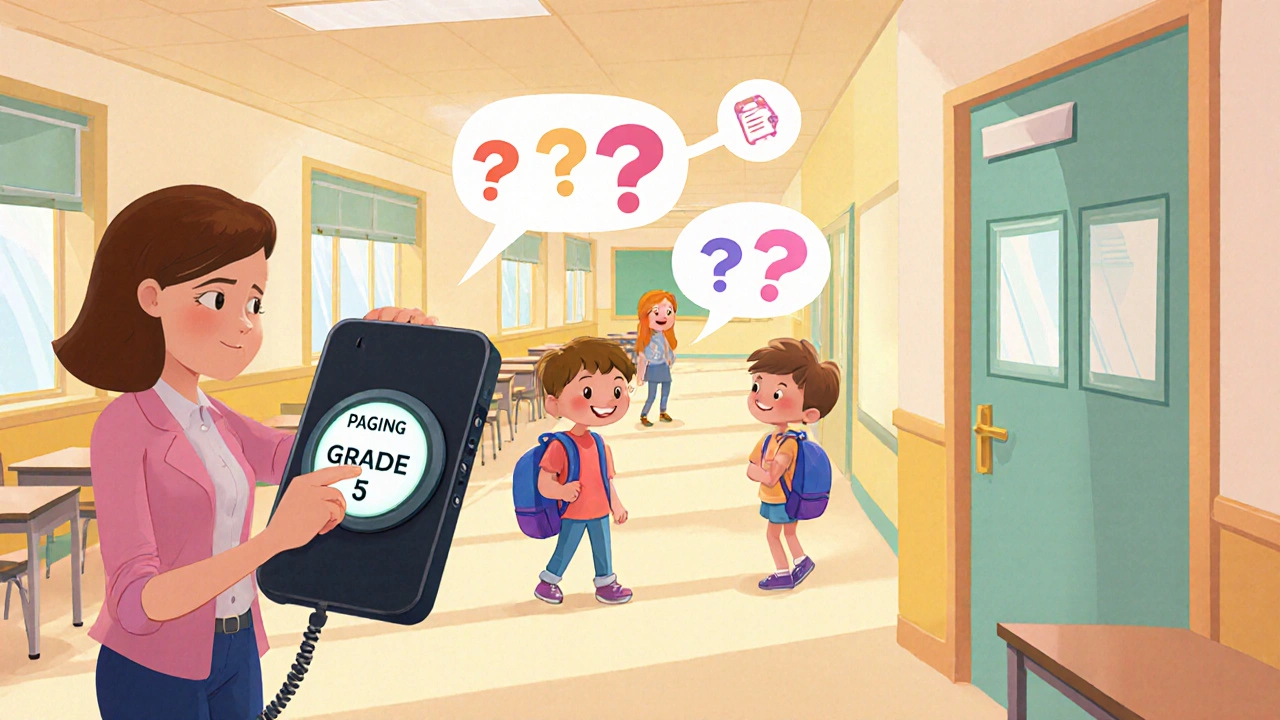VoIP for Schools: Cut Costs, Improve Communication, and Stay Connected
When schools switch to VoIP for schools, a phone system that uses the internet instead of traditional phone lines. Also known as Internet telephony, it lets districts replace expensive landlines with a single network that handles calls, alerts, and even classroom intercoms—all for a fraction of the cost. Most public schools still pay hundreds or even thousands a month just to keep analog lines alive. Meanwhile, districts using VoIP are slashing those bills by 60% or more, freeing up money for textbooks, tech, and staff.
It’s not just about saving money. SIP paging, a way to broadcast announcements over speakers using the same network as VoIP calls. Also known as VoIP overhead paging, it lets principals send emergency alerts to every classroom, cafeteria, and gym in seconds—no extra hardware needed. Compare that to old PA systems that require separate wiring, maintenance, and often fail during power outages. With SIP paging, your school’s phones, intercoms, and alert horns all run on one secure, updated system.
VoIP security, the practices that stop hackers from hijacking school phone lines to make expensive international calls. Also known as toll fraud prevention, it’s critical because schools are easy targets—many still use default passwords and open networks. One district lost $18,000 in two weeks because their system wasn’t locked down. But with basic steps like role-based access and SIP registration controls, that risk drops nearly to zero. And it’s not just about fraud. VoIP lets you record parent calls for compliance, track how many calls the front office gets each day, and even set up an auto-attendant so students can reach the nurse or counselor without waiting on hold.
And yes, it works for small schools too. You don’t need a big IT team. Systems today plug into existing Wi-Fi, support wireless headsets for staff on the move, and integrate with tools like Slack or Google Classroom. Teachers can call parents from their laptops. Administrators can monitor call volume during open houses or flu season to staff the office better. Even fax machines? They still work with a simple adapter—no need to rip out old equipment.
What you’ll find below aren’t theory-heavy guides. These are real setups from schools that made the switch. You’ll see how one district saved $22,000 a year by replacing 120 analog lines. How another cut emergency response time from 90 seconds to 8 by using SIP paging. And how a rural school with no dedicated tech staff got VoIP running in a weekend using cloud-based tools. No jargon. No fluff. Just what works—and what doesn’t—when you’re managing phones for a campus full of kids, staff, and parents all needing to connect.
